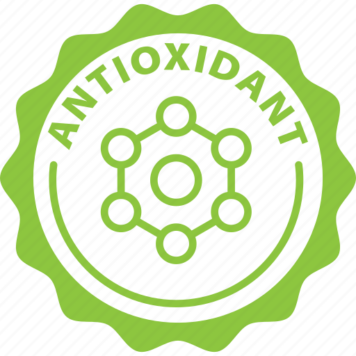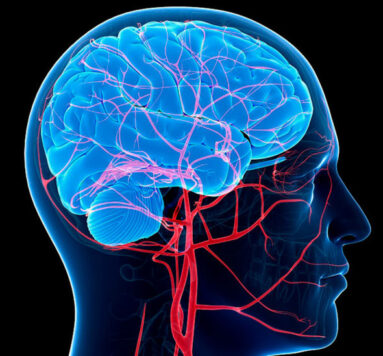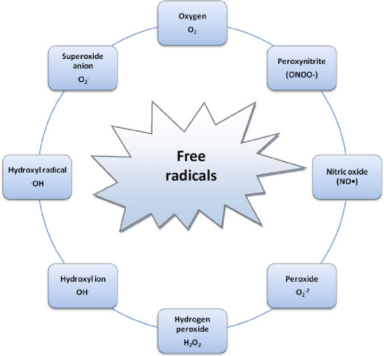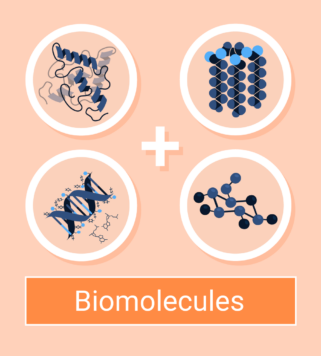Fullerenols are nanosized water-soluble polyhydroxylated derivatives of fullerenes, specific allotropic form of carbon, bioactive compounds and perspective pharmaceutical agents. Antioxidant activity of fullerenols was studied in model solutions of organic and inorganic toxicants of oxidative type – 1,4-benzoquinone and potassium ferricyanide. Two fullerenol preparations were tested: С60О2-4(ОН)20-24#nbsp;and mixture of two types of fullerenols С60О2-4(ОН)20-24+С70О2-4(ОН)20-24. Bacteria-based and enzyme-based bioluminescent assays were used to evaluate a decrease in cellular and biochemical toxicities, respectively. Additionally, the enzyme-based assay was used for the direct monitoring of efficiency of the oxidative enzymatic processes. The bacteria-based and enzyme-based assays showed similar peculiarities of the detoxification processes: (1) ultralow concentrations of fullerenols were active (ca#nbsp;10-17-10-4#nbsp;and 10-17-10-5#nbsp;g/L, respectively), (2) no monotonic dependence of detoxification efficiency on fullerenol concentrations was observed, and (3) detoxification of organic oxidizer solutions was more effective than that of the inorganic oxidizer. The antioxidant effect of highly diluted fullerenol solutions on bacterial cells was attributed to hormesis phenomenon; the detoxification was concerned with stimulation of adaptive cellular response under low-dose exposures. Sequence analysis of 16S ribosomal RNA was carried out; it did not reveal mutations in bacterial DNA. The suggestion was made that hydrophobic membrane-dependent processes are involved to the detoxifying mechanism. Catalytic activity of fullerenol (10-8#nbsp;g/L) in NADH-dependent enzymatic reactions was demonstrated and supposed to contribute to adaptive bacterial response.
Related researches 23 articles























